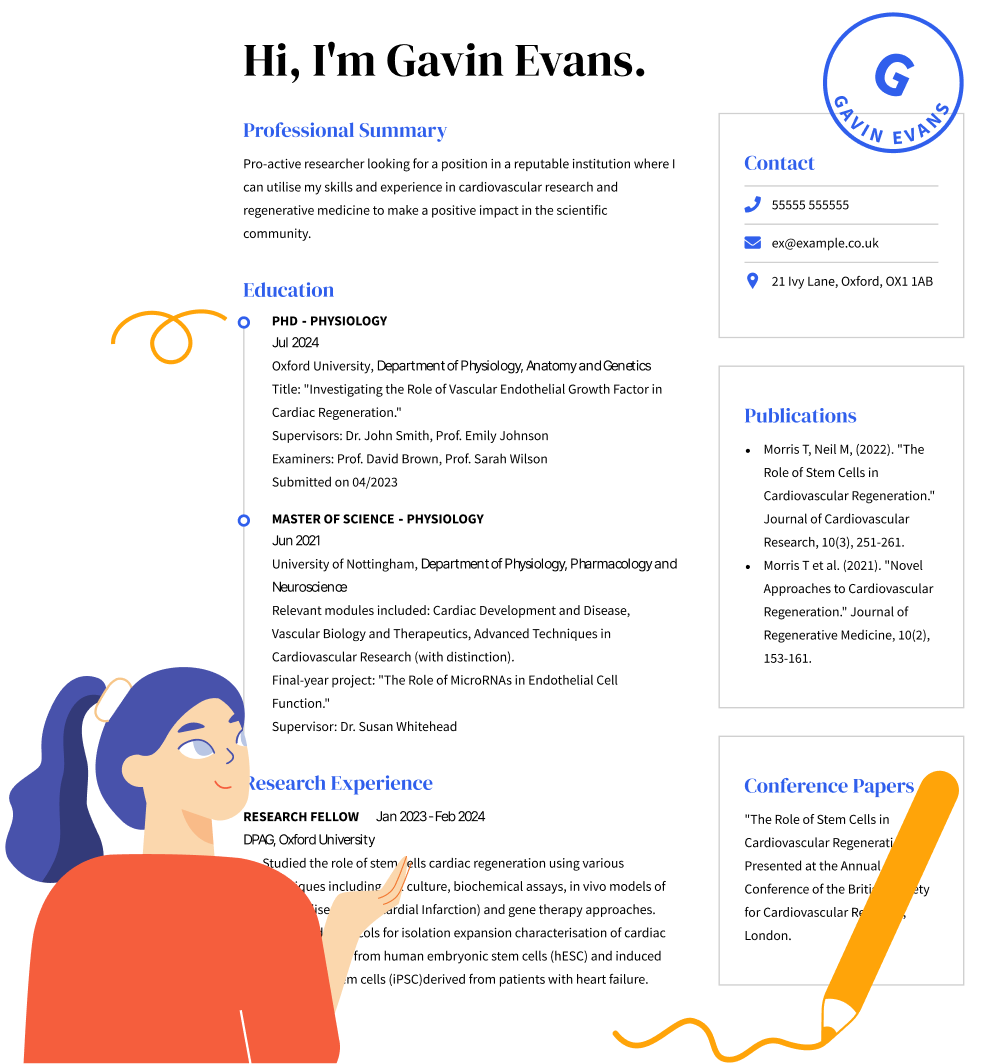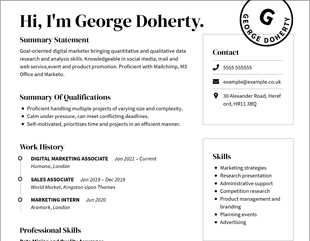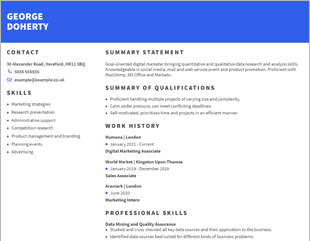Plumber CV examples and writing guide
Feature your plumbing skills by creating a licensed plumber CV with CVHelp that will put you at the top of a hiring manager’s job interview list.
Feature your plumbing skills by creating a licensed plumber CV with CVHelp that will put you at the top of a hiring manager’s job interview list.





OUR USERS HAVE BEEN HIRED BY
In residential and commercial settings, plumbers install, repair, and maintain many types of plumbing infrastructure. A strong plumber’s CV should therefore demonstrate a good selection of hard skills, along with problem-solving skills and a strong work ethic.
This plumber CV format writing guide will include:
According to the U.S. Bureau Of Labor Statistics (BLS), plumbers, steamfitters, and pipefitters have promising career opportunities, with median pay likely to increase by 15% by 2029. There are several job prospects to land a licensed plumber position. Below are various career paths you can choose that are related to plumbing:
The hiring manager is looking for a responsible, skilled, and hardworking handyperson. They should have a problem-solving aptitude for handling emergencies to fill the available position. Here are some sections in the CV to keep in mind for your plumber CV.
Though a plumber can perform various tasks, some basic skills apply to all plumbing job types. Here are some examples of these key skills that will help you create a winning plumber CV:
Work experience
Training and Certifications
Here are a few points to keep in mind as you write your plumber CV:
Do’s
Don’ts
Below are given some of the critical responsibilities of a plumber:
The average salary of a plumber, according to the BLS, is $59,880 per year and employment is expected to grow about 5% from 2020 to 2030.
A plumber’s CV is crucial as it provides all the necessary details such as qualifications, plumbing skills, and contact information to a potential employer. Be sure to submit your plumbing CV with a well-written cover letter that indicates your interest in the respective plumbing position. This will further highlight your skills and strengths to the recruiter.
We personalize your experience.
We use cookies in our website to ensure we give you the best experience, get to know our users and deliver better marketing. For this purpose, we may share the information collected with third parties. By clicking “Allow cookies” you give us your consent to use all cookies. If you prefer to manage your cookies click on the “Manage cookies” link below.